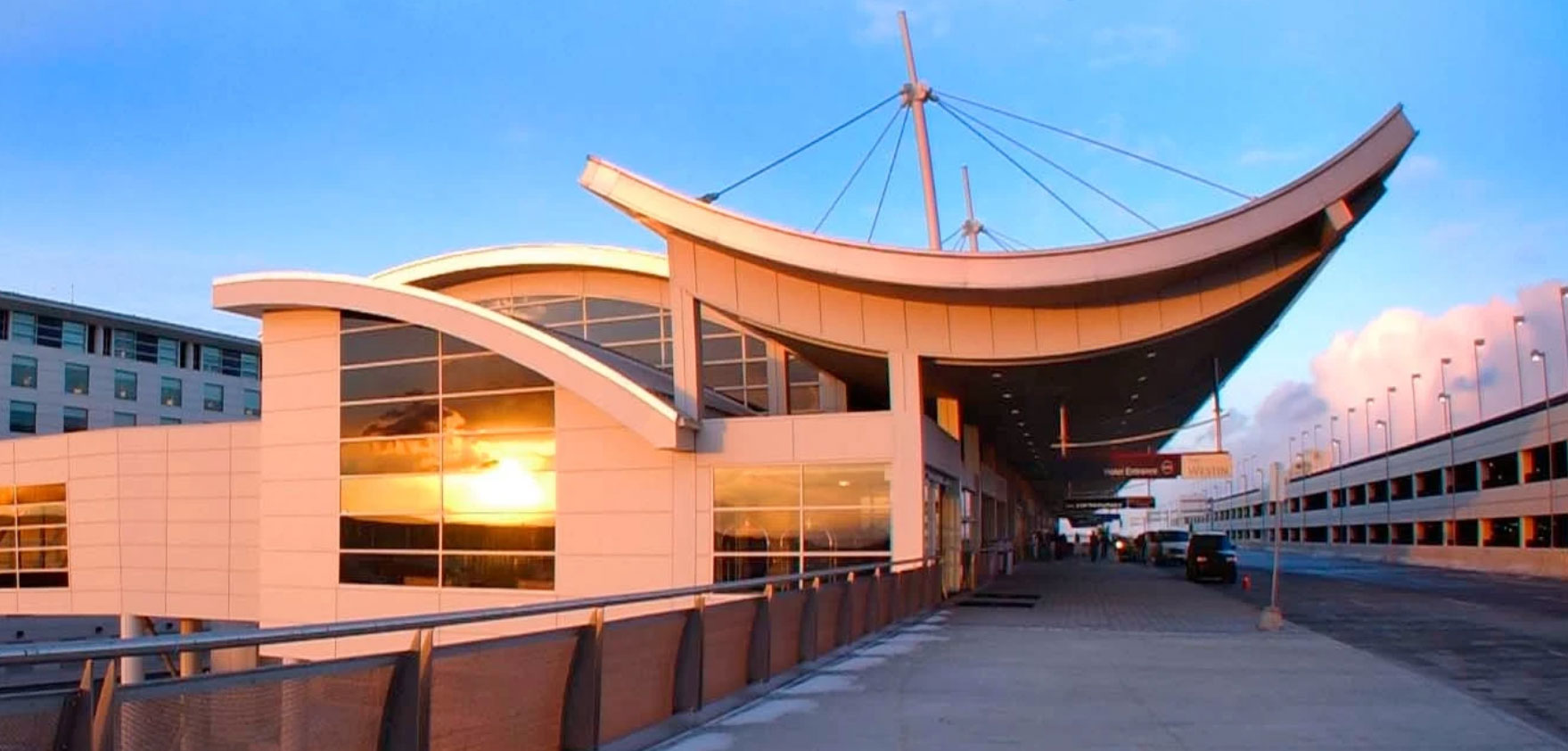


They were talking about people "being crazy" that night, and it creeped me out to think that something going on in the city might be dangerous enough to have to lock our doors and such. The other thing that weirded me out was the fact that I was not allowed outside on Devil's Night, and that my paranoid parents parked the cars in the garage, locked the doors, opened all the drapes, and turned on all the lights in the house. There was something huge and crazy going on, I knew that much, but back then I was afraid to think too much about it. On one hand, I couldn't understand why people were seemingly burning their own city down, and on the other, I couldn't understand what or who my suburban parents were talking about. Peter Dudley told me that the workers' housing became the "Airport Trailer Park" after the war, and remained as such until at least the 1960s (stay tuned for part 2). The Sanborn map for 1929 shows the land to be blank but owned by the Detroit United Railway. The building with the Edison pole cracked over it was a communal bathroom. NOTE: This "lost" neighborhood was actually temporary worker's housing built for employees of the Hudson plant during WWII, and was basically a trailer park. Because I knew if I tried it in the leafy summertime, not only would it be harder to find anything, but I could be taking a decided safety risk not knowing what might be lurking in there, for that matter (that is, other than the clouds of angry mosquitoes bred in the mountains of discarded tires). The leafless, bitter cold of "Auto Show weather" assured that I would at least be able to see where I was going and what I was looking at, if I were to venture inside the mysterious lost 'hood. For a long time I planned to investigate more closely, but never got around to it.


 0 kommentar(er)
0 kommentar(er)
